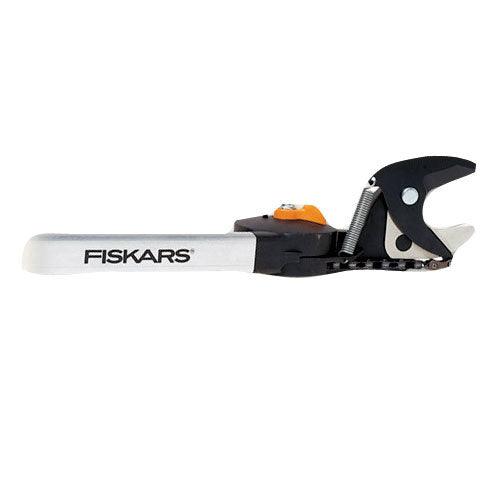What Is Defensible Space?
Wildfires are racing through the West this summer, and gardeners are wondering how fire-resistant their yards are. In our video about fire safety, Tricia explains the principles of defensible space around homes, pruning trees, and cleaning up your yard to reduce fire risks. To follow her lead, you might want tools like a firefighter's pulaski, a pole pruner, loppers, or a fire tool.
Spend some time in your garden measuring the 30-foot defensible zone, where you should have only water, hardscape, and fire-resistant plants. While you don’t need to remove every flammable tree or plant from your landscape, it’s important to keep highly flammable species at least 30 feet from your home.
Your local Master Gardeners can provide advice on the fire-resistant plants that grow best in your area. By designing with these plants in mind, you can create a beautiful, fire-safe landscape.
Hardy Fire-Resistant Plants
Look at succulents like hens and chicks (sempervivums), sedums, ice plants, agaves, and jade plants. Their naturally water-filled leaves make them excellent fire-resistant options. These plants can be used in the 30-foot defensible zone around your home.
Safety Equipment
More Fire-Resistant Plants & Trees
Evergreen shrubs and trees can resist flames while providing greenery year-round. Popular options include daphne and rhododendrons. Some conifers, like Ponderosa pine, are surprisingly fire-resistant due to their thick bark.
For flowering trees and shrubs, consider California natives like blue-flowering Ceanothus (California lilac) and toyon. These plants are not only fire-resistant but also contribute to soil stabilization and erosion control.
Flammable Plants to Avoid
Plants and trees with oils or resins can act as torches when ignited. If you want to include these plants in your landscape, keep them at least 30 feet from your home and manage them carefully. Common examples include:
- Brooms: Replace flammable brooms with fire-resistant California lilac or toyon.
- Eucalyptus: This Australian native is a fire hazard—substitute with native madrone or oak.
- Conifers: Many conifers are highly flammable. Use fire-resistant species like Western redbud or native dogwoods instead.
Make an Evacuation Plan
Wildfires can spread quickly due to wind-borne embers, putting homes at risk even if flames are far away. Prep your home’s exterior to be as fire-safe as possible, and ensure you have a family evacuation plan in place. Visit Calfire's website for detailed instructions.
Stay safe this fire season, and beautify your yard with fire-resistant plants and trees.
For more information on gardening with native plants, visit our Resource Center.




